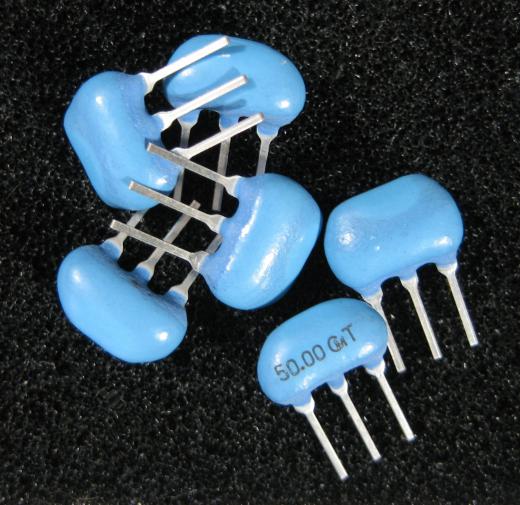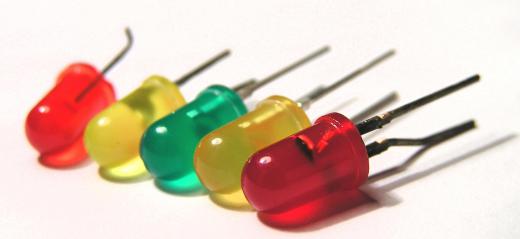A semiconductor is used to manipulate the flow of energy within an electronic setting. Semiconductor devices are the many manipulations of this technology to provide a specific control over the energy. These devices are found in many forms and within many types of electronics.
Semiconductor devices are comprised of material that can be manipulated easily to control how power reaches an electronic device. Semiconductors can be altered by using an induction of an electric field, exposure to light, pressure and heat. These devices are comprised of material with holes in it, which are positive, or p-type, and material with extra electrons, which are negative, or n-type.

Diodes are some of the most common semiconductor devices because of their simple construction. This device is comprised of a single p-type semiconductor and a single n-type semiconductor. The drawback of a diode is that it does not allow for great amounts of energy to flow through, because of its small capacity.
Transistors are more complicated forms of semiconductor devices. These are comprised of several combinations of p-type and n-type semiconductors. These allow for more energy to pass through because of their larger size. They also can be customized to meet specific jobs. Some of the more popular types of transistors include bipolar junction transistors, field effect transistors and a metal–oxide–semiconductor field-effect transistor (MOSFET).

A MOSFET is the most popular form of semiconductor device because it provides the greatest control over conductivity. Its construction includes an electric field that functions as a gate, controlling the flow of power. It is commonly known as a metal gate, but it contains no metal. Instead, it is comprised of a material known as polysilicon.
Semiconductor devices are made of a variety of materials other than polysilicon. Silicon is by far the most commonly used material in semiconductor device manufacturing because of its low cost and wide temperature range. Geranium was an early material used for construction, but its limited temperature threshold has seen it surpassed by others. Indium and silicon carbide are other popular materials.

These materials are utilized to construct a variety of devices. These include two-terminal diode devices, such as a diode for alternating current (DIAC), Gunn diodes and photocells; and three-terminal devices, such as bipolar transistors, Darlington transistors and field effects transistors. Devices including four or more terminals are available for a variety of jobs as well.
